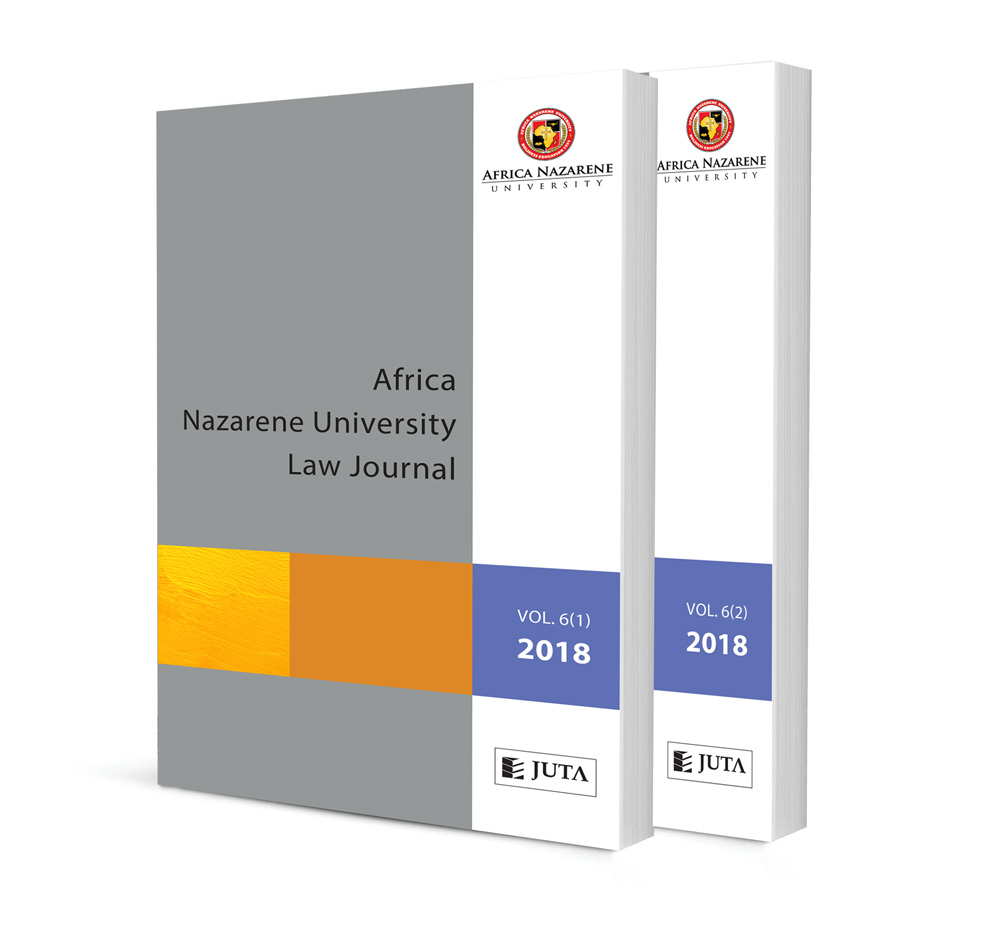Application of the Kenyan Bill of Rights: Legal Insights from Comparative Constitutional Law and Jurisprudence

Application of the Kenyan Bill of Rights: Legal Insights from Comparative Constitutional Law and Jurisprudence
Author Brian Sang YK
ISSN: 2521-2613
Affiliations: LLB (MU), LLM (UCT), PhD (Can) (UCT), Faculty of Law, University of Cape Town
Source: Africa Nazarene University Law Journal, 2014, Issue 1, p. 1 – 40
Abstract
Unlike any of its legal antecedents, the Constitution of Kenya, 2010, foregrounds the Bill of Rights, its repository of all fundamental rights and freedoms, and expressly provides that its content applies to all law and binds all State organs and all persons. The logical implication of this is that, since fundamental rights in the Bill of Rights bind State actors and non-State actors, they consequentially are also enforceable against both classes of actors. But, there is a better and more nuanced view: that, while fundamental rights in the Bill of Rights are, in general, enforceable against the State, the nature of a right and the correlative duty imposed by it may limit such enforceability against private persons, albeit in line with the Constitution. And yet, despite the Constitution’s clarity of purpose in this respect, lately the High Court of Kenya has rendered conflicting rulings in constitutional matters wherein the vexed issue of application arose. This article contends that, the legal position adopted by some learned judges that constitutional rights are not enforceable against natural or juristic persons is as misconceived as it is unsupported by a holistic construction of the Constitution. Rather, it advocates the maximal enforceability of fundamental rights subject only to the lawful strictures of the limitation clause as enshrined in the Kenyan Bill of Rights. Accordingly, the article analyses comparative constitutional law and jurisprudence on the application of fundamental rights in the private sphere with a view to gleaning some instructive legal insights that can inform the development of Kenya’s nascent constitutional law doctrine.